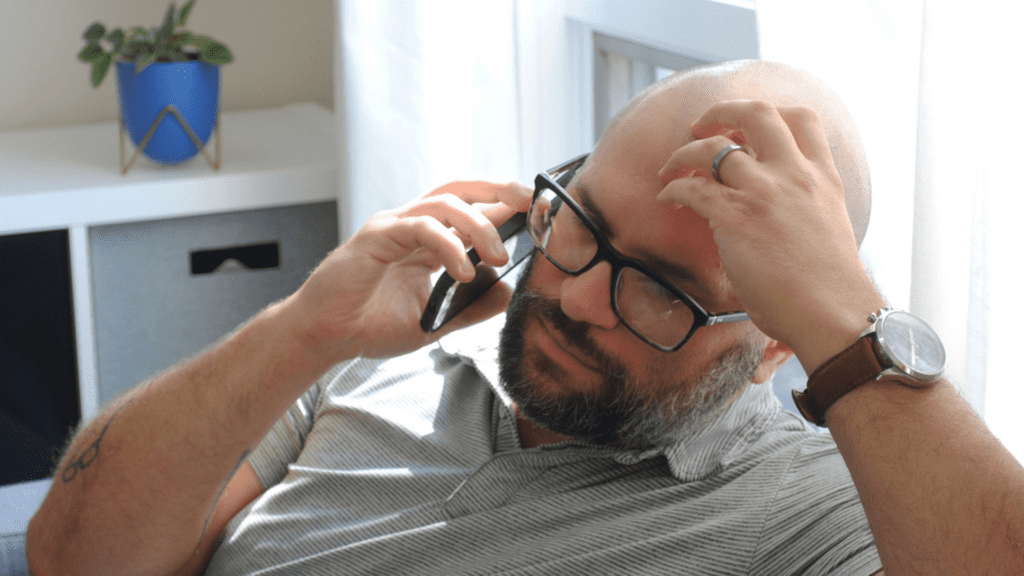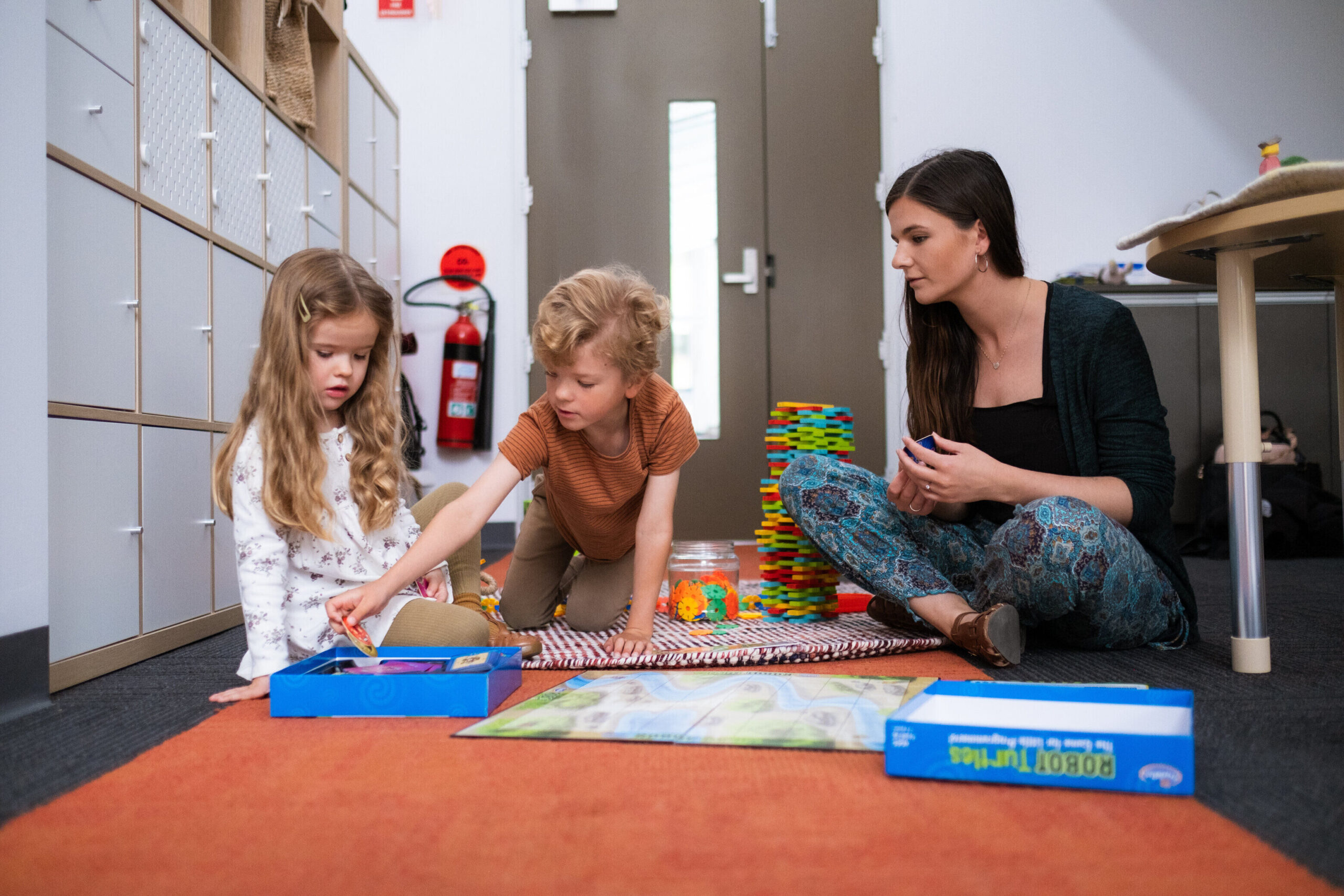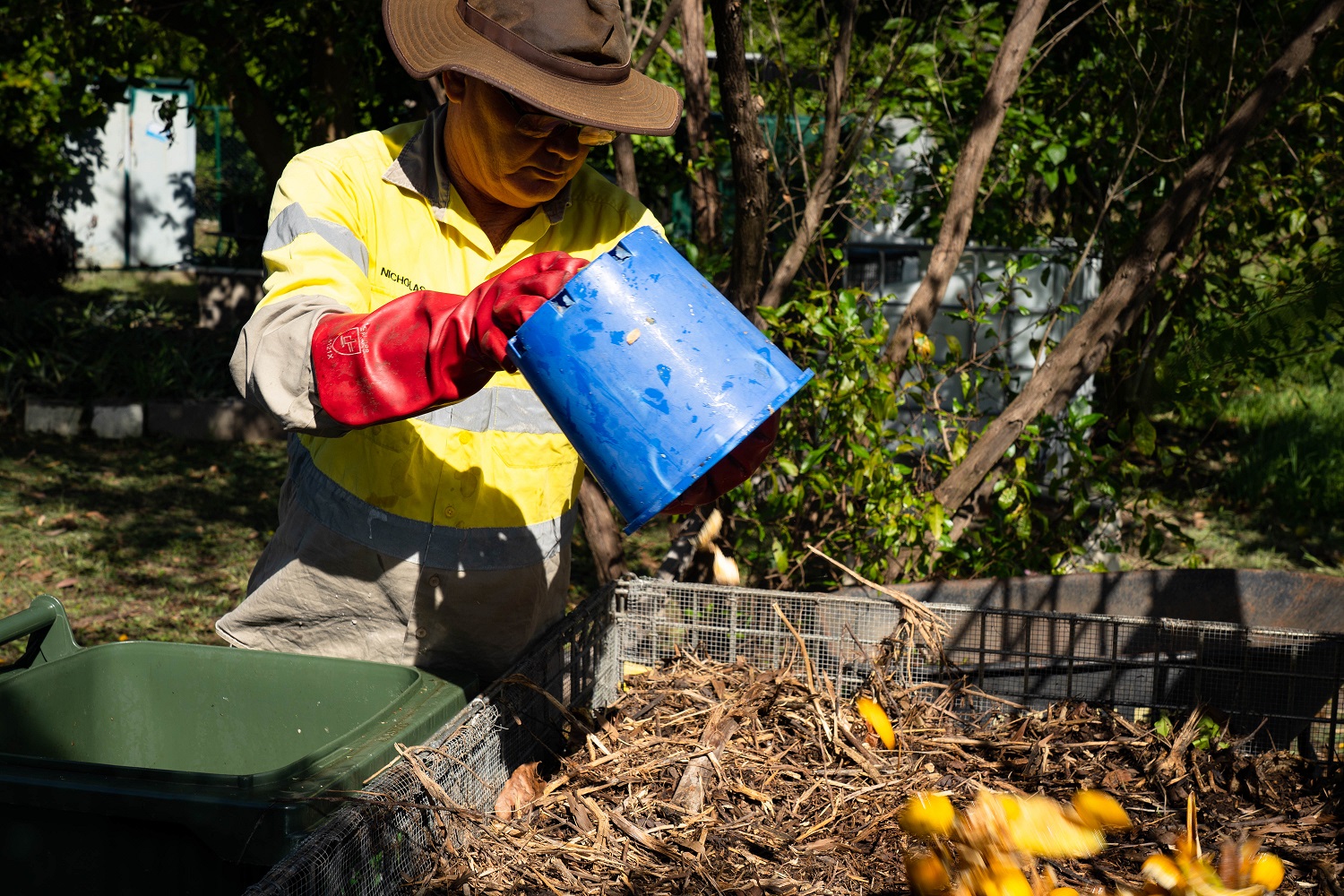
Soft tissue sarcoma is a rare but serious cancer that affects different types of supportive tissues in the body.
Fewer than 2,300 people are diagnosed with soft tissue sarcoma in Australia each year. Many people are diagnosed when the cancer is more advanced as symptoms often don’t appear in the early stages.
To recognise Sarcoma Awareness Month this July, here are 7 important facts you should know about soft tissue sarcoma.
1. What is soft tissue sarcoma?
Soft tissue sarcoma starts in any of the tissues that support the body. These include fat, muscle, nerves, tendons, deep skin tissue, lymph vessels, blood vessels, and tissue around joints. It can develop in any part of the body where there’s soft tissue, but it happens most often in the arm, thigh and abdomen.
There are more than 70 types of soft tissue sarcoma, and each one has its own unique characteristics. Common types in adults include undifferentiated pleomorphic sarcoma, leiomyosarcoma and liposarcoma. Children are more likely to develop rhabdomyosarcoma and Ewing sarcoma.
2. How common are soft tissue sarcomas?
Soft tissue sarcoma is a rare type of cancer. About 2,250 people are diagnosed with soft tissue sarcoma in Australia each year. It can affect people of all ages, though it’s more common in people over 55 years of age and one of the most common cancers in children. It is slightly more likely to be diagnosed in men than women.
3. What are the symptoms of soft tissue sarcoma?
Soft tissue sarcoma doesn’t always cause obvious signs or symptoms in its early stages. As it grows, you may develop a painless lump or swelling under the skin. Other symptoms vary depending on the part of the body that is affected.
Many people get lumps and most of them will not be cancer. But if the lump is growing in size or is bigger than a golf ball, it’s best to see your GP.
4. What causes soft tissue sarcoma?
The causes of soft tissue sarcoma are not known. But some factors can increase the risk, such as exposure to radiation or certain chemicals including vinyl chloride and some high-dose herbicides, as well as some genetic conditions like von Recklinghausen (also known as neurofibromatosis) or Li-Fraumeni syndrome. Keep in mind, that having any of these risk factors doesn’t mean you’ll definitely develop soft tissue sarcoma.
5. How is a soft tissue sarcoma diagnosed?
If you or your doctor suspect soft tissue sarcoma based on symptoms or findings from a physical exam, you’ll need further tests to confirm the diagnosis. These might include x-rays, CT scans or MRI scans, or CT scans, as well as a biopsy to examine a sample of tissue from the affected area under a microscope.
6. How is a soft tissue sarcoma treated?
Treatment options vary and the best treatment for you will depend on the type and stage of the soft tissue sarcoma, where it is, as well as your overall health and preferences.
Treatment options may include surgery, chemotherapy, radiation therapy (also called radiotherapy), or a combination of these. If the soft tissue sarcoma has a specific gene change, you may be offered targeted therapy. Your treatment team will discuss the best approach for you. It’s important to have your surgery done by an experienced surgeon working in a specialist centre for sarcoma. Find a sarcoma specialist at Australia and New Zealand Sarcoma Association (ANZSA). Take time to learn about all your treatment options and ask questions about things that are unclear.
After you finish treatment, you will have regular check-ups to make sure the soft tissue sarcoma hasn’t come back.
7. Support is available
Being diagnosed with a rare cancer can be isolating and overwhelming. Remember that you are not alone, our 13 11 20 Information and Support Service is a confidential service where you can speak or email an experienced health professional about anything to do with cancer.







